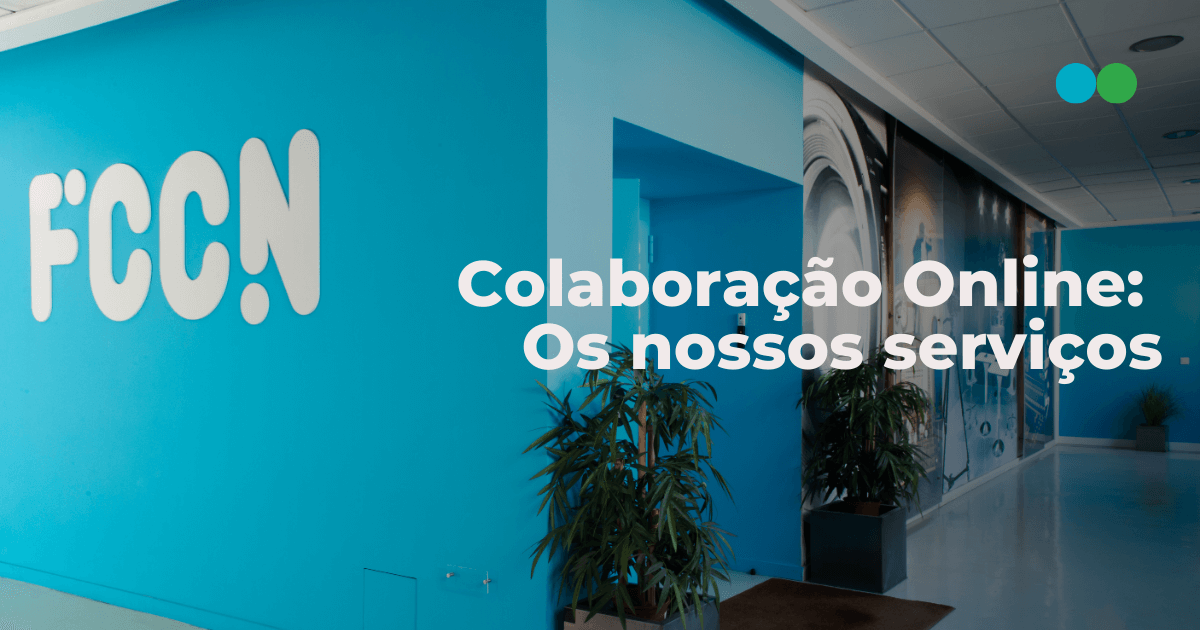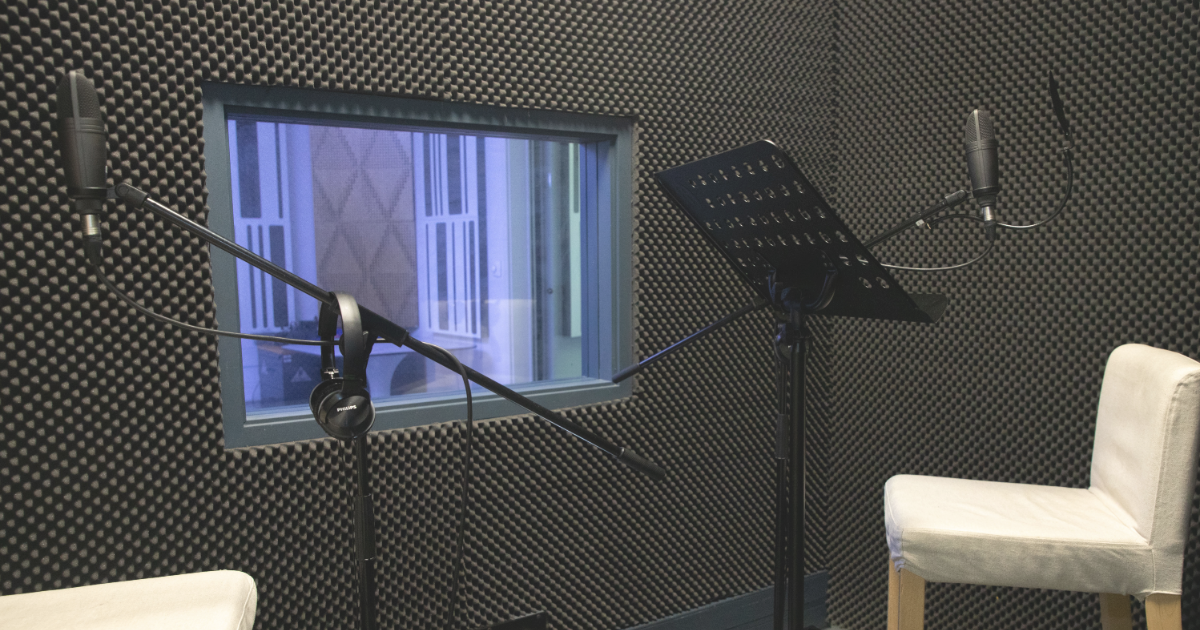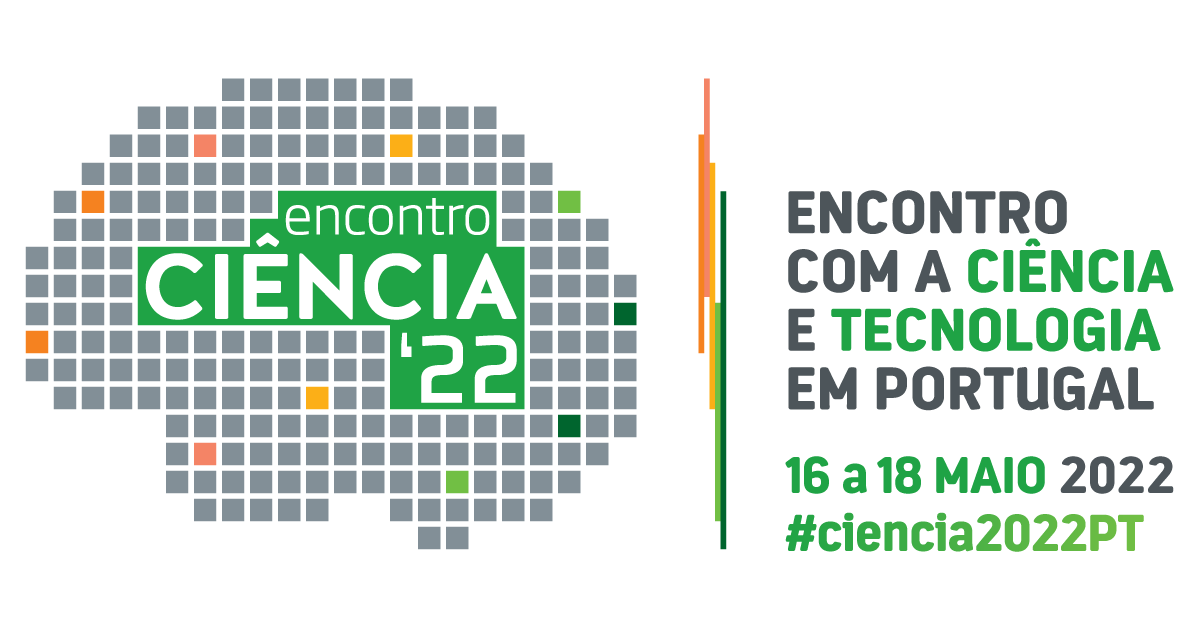O gestor do Serviço Técnico de Vídeo da Unidade FCCN, Nelson Schäller, destaca a importância do papel do Colibri no contexto de isolamento social, revelando ainda algumas novidades para este serviço da Unidade de Computação Científica Nacional (FCCN) da FCT .
As condicionantes resultantes da pandemia Covid-19 e a consequente suspensão de atividades letivas presenciais colocaram novos desafios ao serviço Colibri. Qual a dimensão desse desafio?
O efeito da pandemia do Covid-19 levou a uma elevada procura da comunidade por plataformas de colaboração e comunicação digitais, tanto síncronas como assíncronas. Neste contexto, o serviço Colibri passou a ter uma procura acentuada, como ferramenta de suporte ao ensino a distância, para fazer face ao isolamento, manter as atividades letivas e aproximar as pessoas agora em regime de teletrabalho. A sua utilização passou a ser crucial para substituir as atividades letivas presenciais realizadas anteriormente em ambiente de sala de aula.
E como avalia a resposta dada, tendo em conta as necessidades da comunidade?
Penso que, em termos gerais, conseguimos adaptar todos os serviços às reais necessidades da comunidade, de forma rápida, ágil e reativa, num novo contexto e realidade para a qual ninguém estava preparado. A Unidade FCCN tomou, desde logo, medidas para dar resposta a esta elevada procura da comunidade. Foi realizado o reforço progressivo do serviço, tanto ao nível da infraestrutura como de licenciamento da plataforma, de forma a ir ao encontro das necessidades da comunidade académica nacional.
Além dos desafios tecnológicos, esta pandemia implicou ainda uma dimensão humana, no sentido em que foi necessário passar a apoiar, de um dia para o outro, milhares de alunos, professores, investigadores e equipas técnicas, que foram forçados a uma mudança repentina nos seus hábitos de utilização destas ferramentas. Este facto disparou os pedidos de suporte para a nossa equipa, através dos mais variados canais de comunicação (e-mail, telefone, tickets, mensagens, etc).
Existem alguns números que ilustrem esse aumento de utilização?
A utilização diária do serviço Colibri atingiu valores nunca antes registados. Em comparação com o primeiro quadrimestre de 2019, registamos um crescimento do número de reuniões na ordem dos 3956%, contabilizando um total de 396.069 reuniões realizadas e 7.270.632 participantes. Durante o último mês de maio a plataforma contabilizou 409.748 reuniões e um total de 5.842.315 participantes. Neste momento, contamos com mais de 80.000 utilizadores registados no serviço. Os gráficos de utilização podem ser atualmente consultados via dashboard, no site da FCCN.
«Em comparação com o primeiro quadrimestre de 2019, registamos um crescimento do número de reuniões na ordem dos 3956%, contabilizando um total de 396.069 reuniões realizadas e 7.270.632 participantes»
Qual o feedback recebido por parte da comunidade de Educação e Investigação?
Em termos gerais, o feedback recebido tem sido bastante positivo e pode ser verificado também pelos comentários e posts que têm sido partilhados nas redes sociais pela comunidade RCTS. Penso que o contacto de maior proximidade com a comunidade também tem sido benéfico, principalmente no apoio e suporte na resolução de dificuldades de utilização do serviço, bem como na apresentação de soluções alternativas adaptadas às necessidades dos utilizadores e instituições aderentes.
De que forma é que o Colibri está adaptado às necessidades da comunidade de Educação e Investigação? Houve adaptações realizadas, durante o momento de contingência?
O serviço já era bastante utilizado como ferramenta de suporte a aulas, reuniões de trabalho e tutoria online. Neste momento, a sua utilização extrapolou essas utilizações e está até mesmo a ser utilizado para defesas de mestrado e doutoramento, e inclusive como ferramenta de monitorização de exames online.
Devido à utilização massiva do serviço tiveram de ser tomadas algumas medidas suplementares, nomeadamente o reforço do licenciamento em 1111%. Foi também necessário fazer um reforço progressivo da infraestrutura ao nível do front-end do serviço. Neste sentido, foram adicionados novos servidores de forma a balancear o acesso dos utilizadores ao serviço, de forma a assegurar os elevados pedidos de acesso ao Colibri.
«Devido à utilização massiva do serviço tiveram de ser tomadas algumas medidas suplementares, nomeadamente o reforço do licenciamento em 1111%»
Durante esta fase de pandemia foi ainda necessário proceder a alterações ao nível da autenticação federada RCTSaai, passando a conceder licenciamento “Pro” apenas para docentes e staff das IES nacionais. Os alunos passaram a ter as suas contas limitadas a reuniões de 40 minutos e um máximo de 100 participantes.
Pensa que este aumento será totalmente contextual? Ou pensas que a contingência acabará por levar muitos docentes, estudantes e investigadores a “descobrir” as mais-valias deste serviço?
Claramente, este aumento deve-se aos efeitos do confinamento da população portuguesa e, mais em particular, das instituições de ensino superior e de investigação nacionais. Estas foram obrigadas a encontrar formas alternativas de manter as suas atividades letivas, tentando assim minimizar ao máximo os efeitos colaterais que esta pandemia trouxe em termos curriculares e académicos. Penso que a utilização do serviço, depois da pandemia, será mais reduzida, mas é expectável que nunca mais volte aos seus valores iniciais, visto que o serviço passou a ser utilizado regularmente por mais de 80.000 utilizadores a nível nacional.
Qual é a visão de futuro para o projeto Colibri? Quais serão os próximos passos?
O futuro do Colibri parece promissor e a sua utilização, adoção e apropriação por parte da comunidade aponta para que continue a ser uma das ferramentas de comunicação síncrona mais utilizada a nível académico. Pretendemos chegar a cada vez mais instituições, alunos, docentes e investigadores e continuar a servir a comunidade RCTS com uma oferta de serviços variada, que vá ao encontro com as suas necessidades educativas.
Para o futuro, pretendemos melhorar a integração do serviço com as plataformas de suporte ao ensino a distância mais utilizadas, assim como melhorar a sua articulação com os restantes serviços disponibilizados pela FCCN, como por exemplo o Educast. Neste âmbito, destaco a integração do Colibri com o Moodle via LTI, que já se encontra disponível e facilita a criação e agendamento de reuniões, diretamente nos cursos e disciplinas, sem necessidade de sair do Moodle.
Estamos também a preparar alguns projetos piloto para o serviço que serão apresentados durante o 2º semestre de 2020, que irão oferecer uma série de novas funcionalidades. Destaco a possibilidade de requisição do serviço de webinars a pedido, para eventos institucionais de maior dimensão, que tenham como requisito a participação de mais de 300 participantes e um número máximo de 1000. A nível interno, estamos também a explorar as novas capacidades das Zoom Rooms para salas dedicadas de videoconferência nas instalações da FCCN.
Do ponto de vista da comunicação, estamos ainda a preparar o lançamento de um novo site de ajuda, que será apresentado em breve à comunidade. Este portal irá disponibilizar informações atualizadas sobre o serviço, novidades, boas práticas de utilização e segurança, equipamentos compatíveis, entre outras informações.












